IRVING NORMAN(1906-1989)

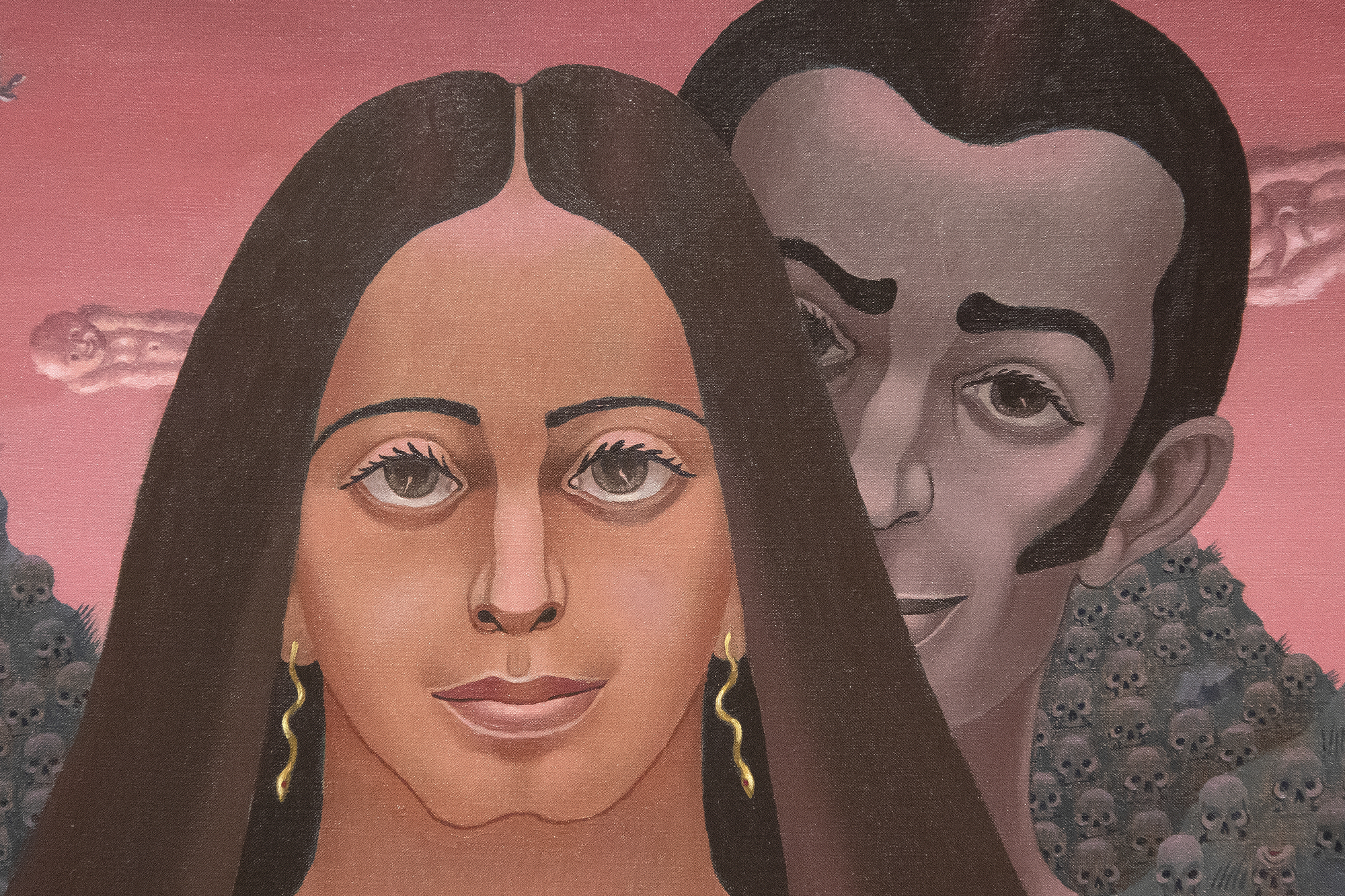
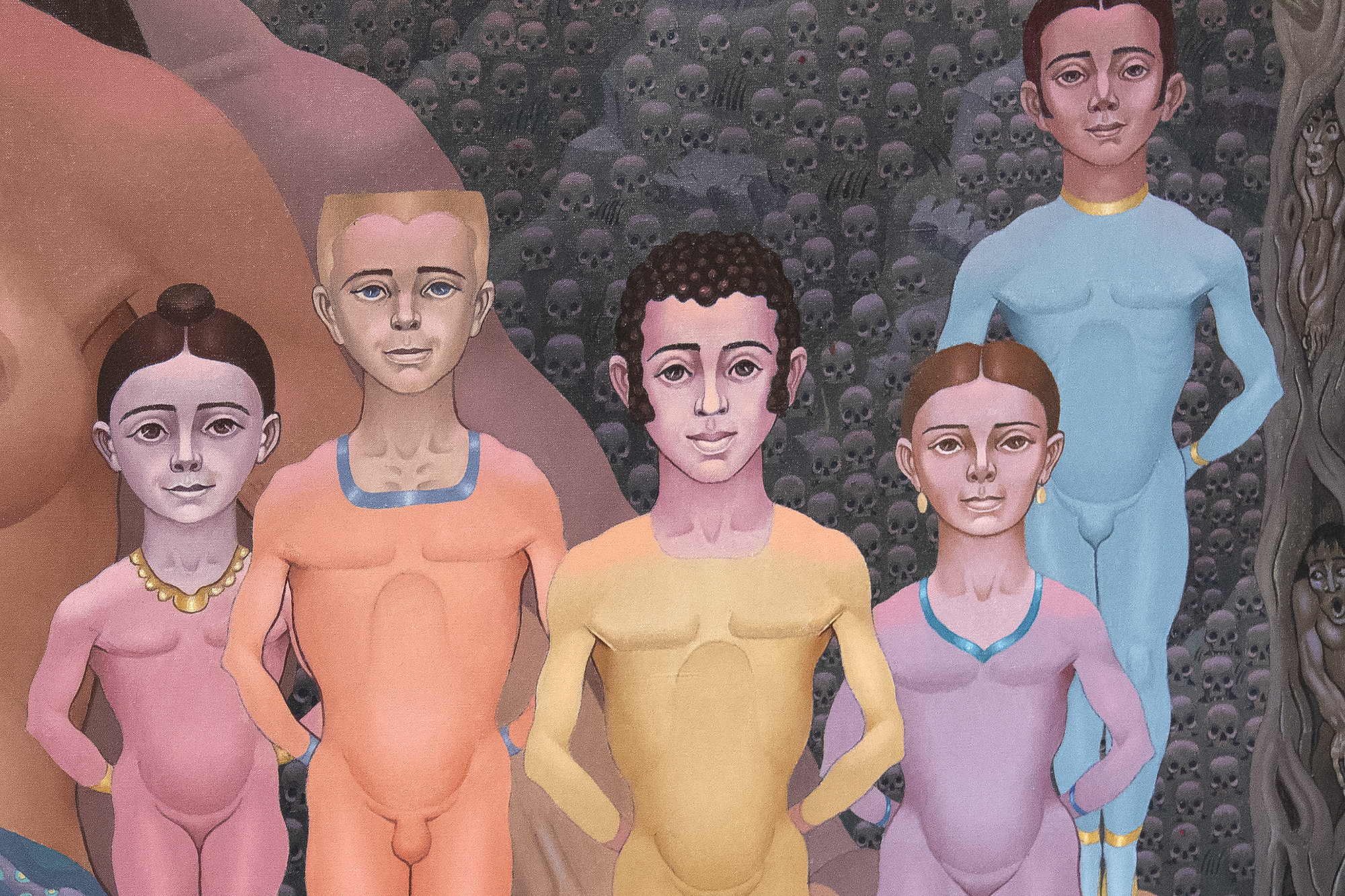
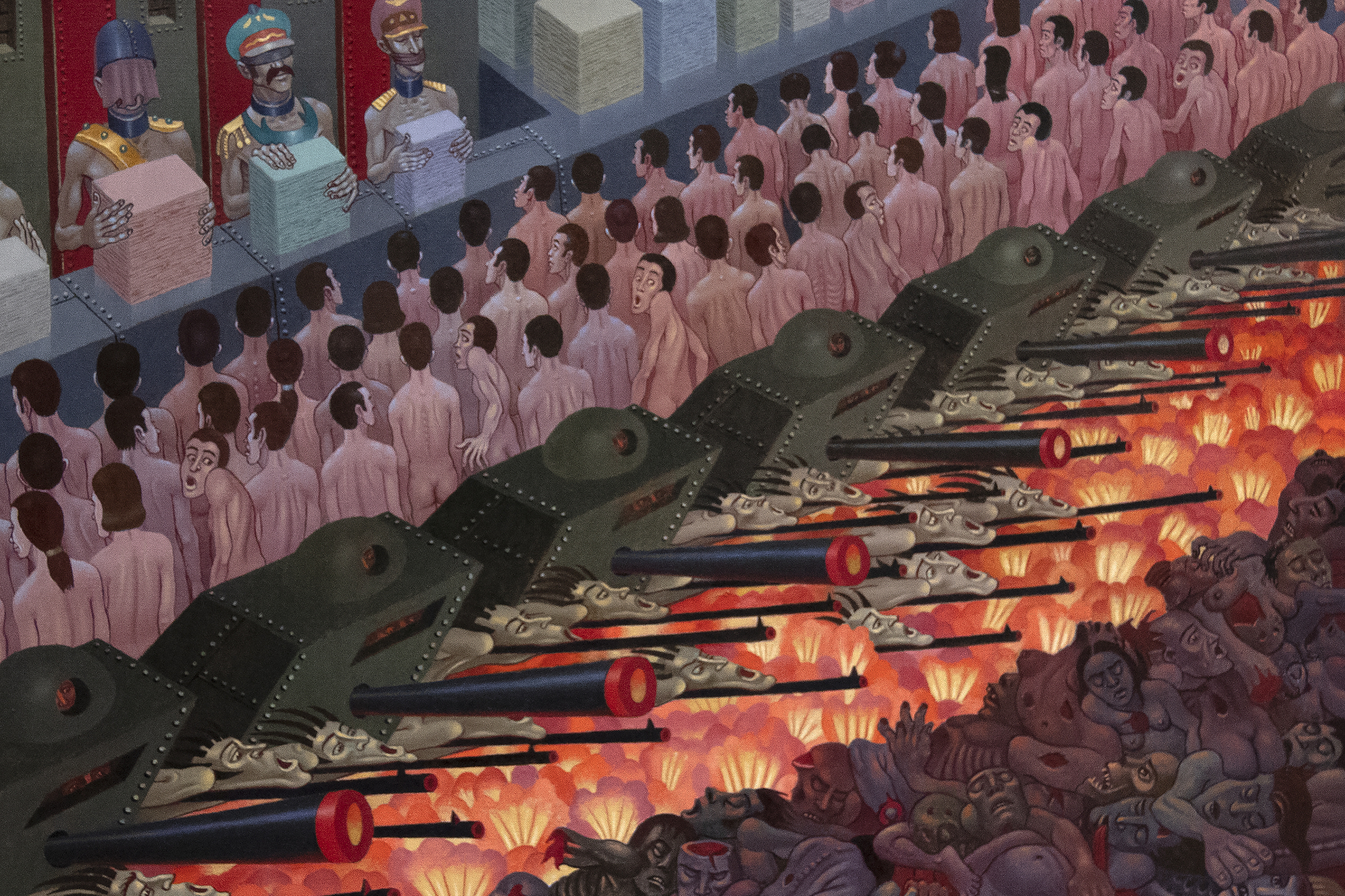
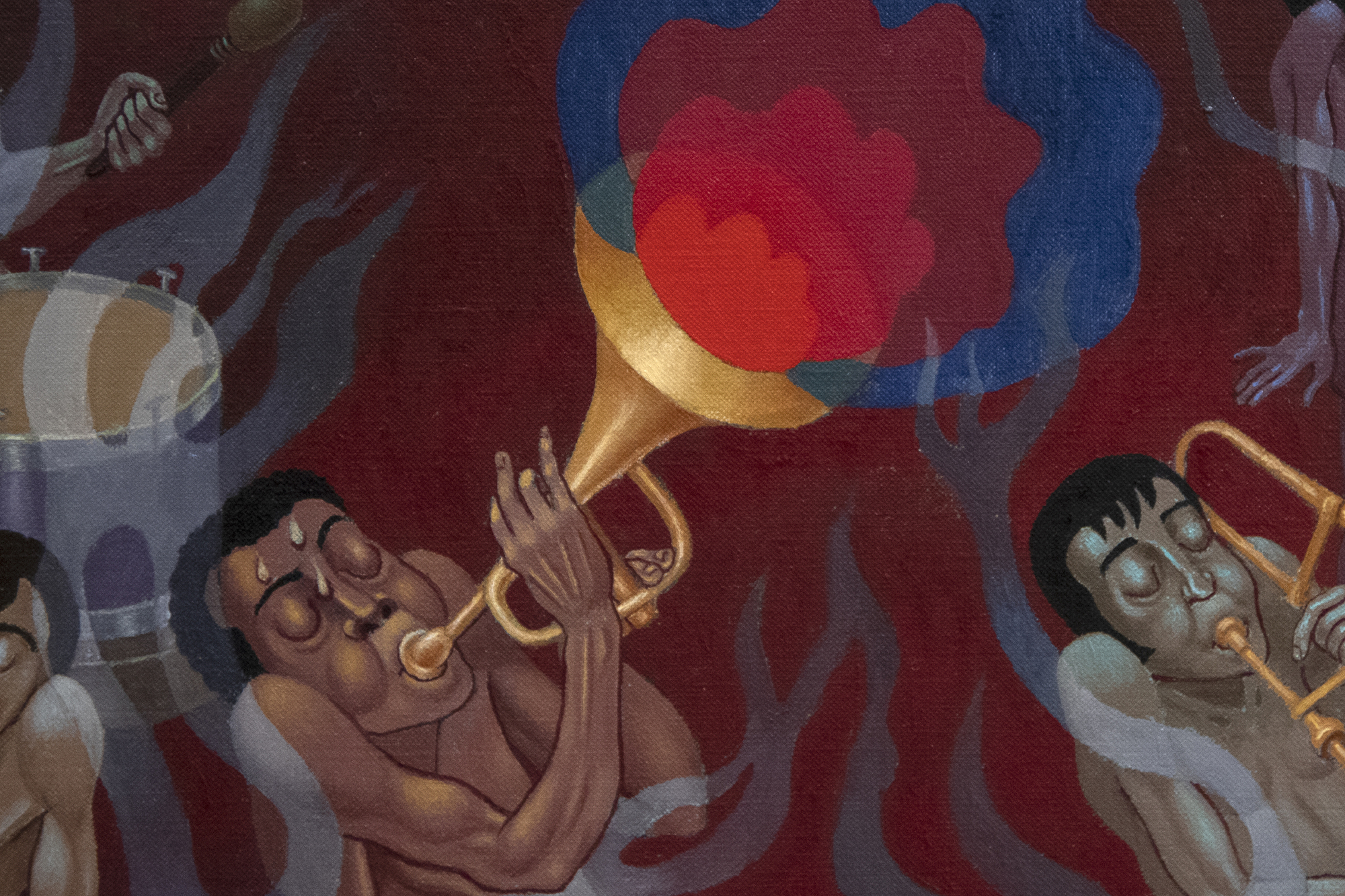

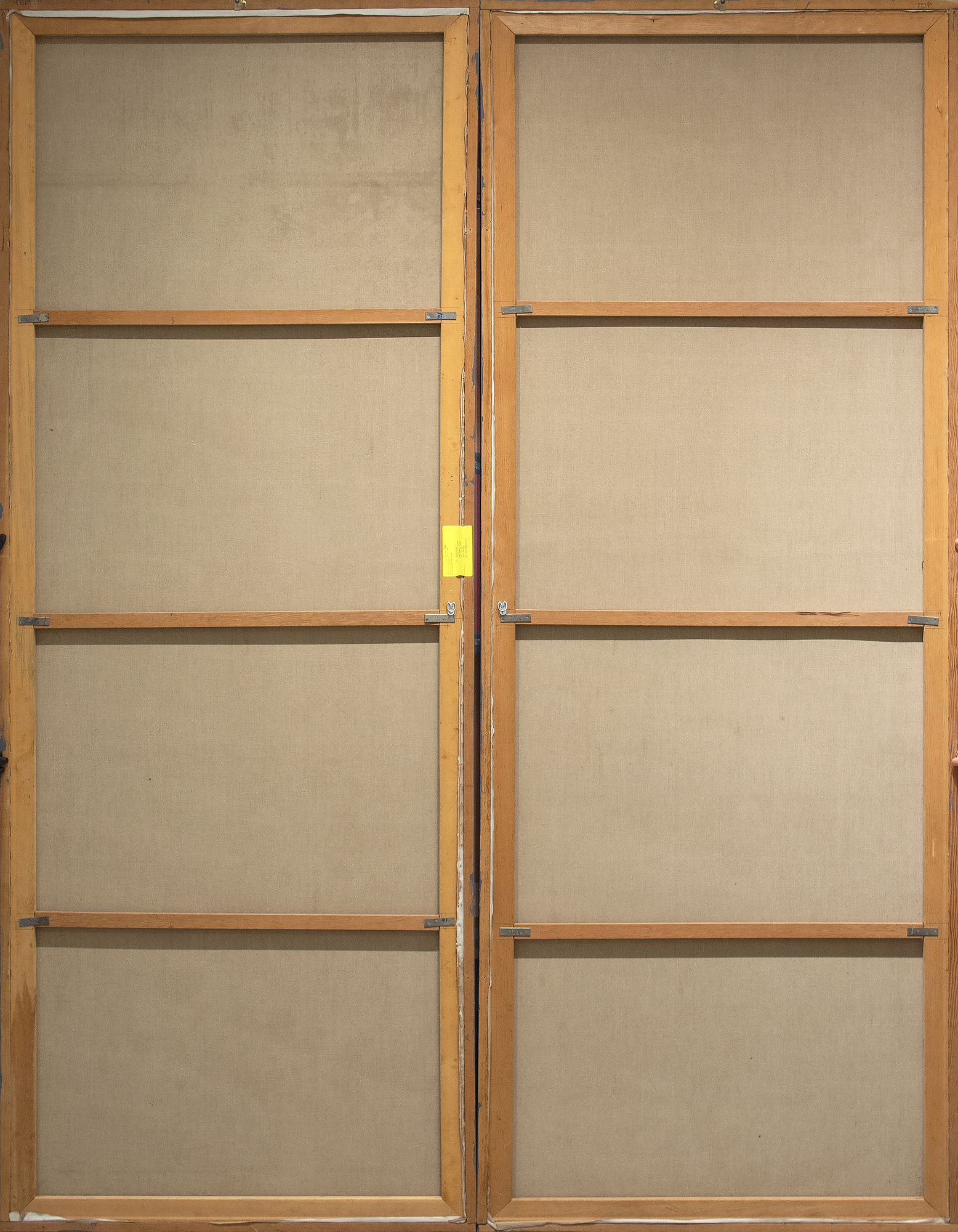
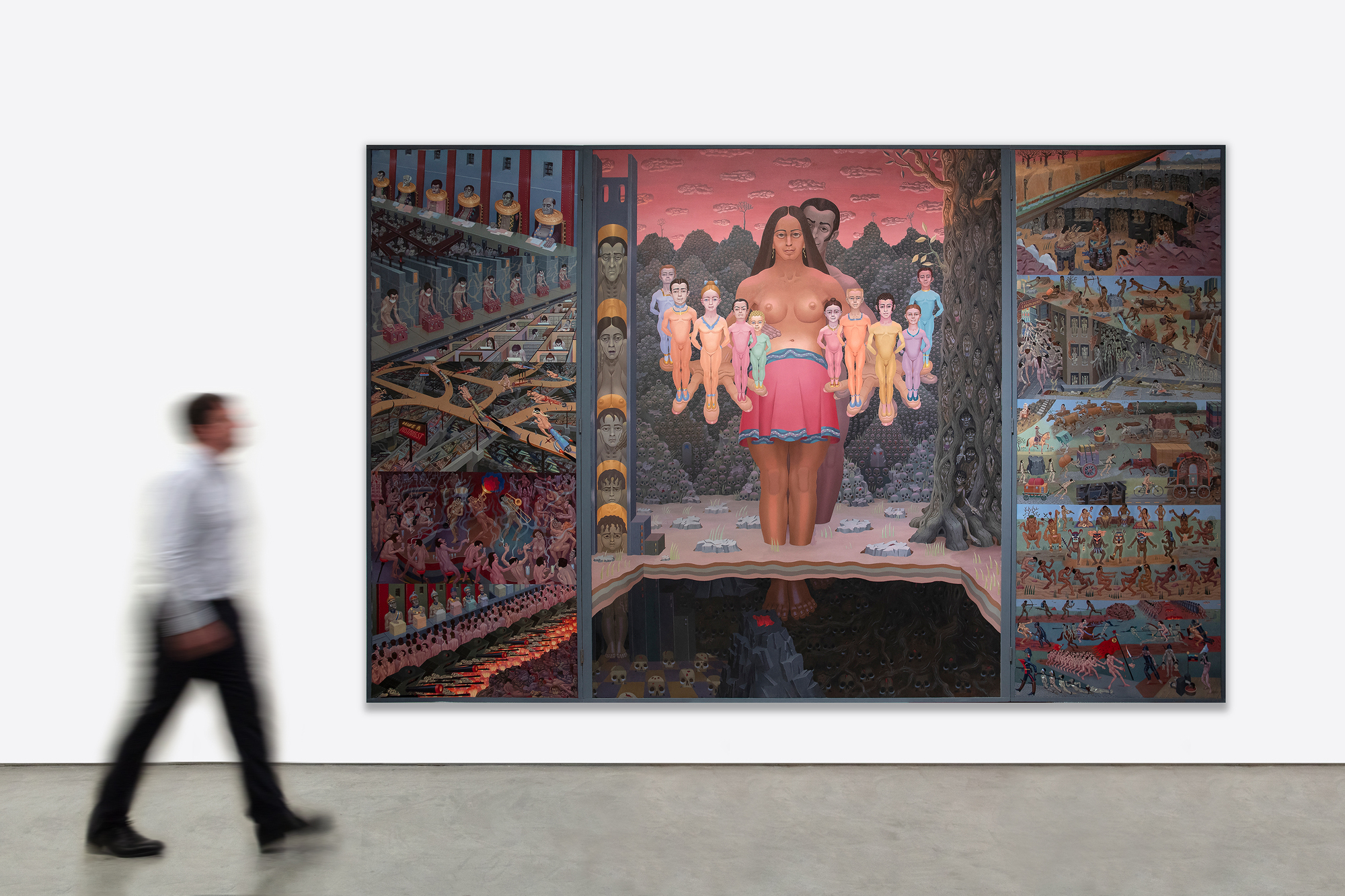
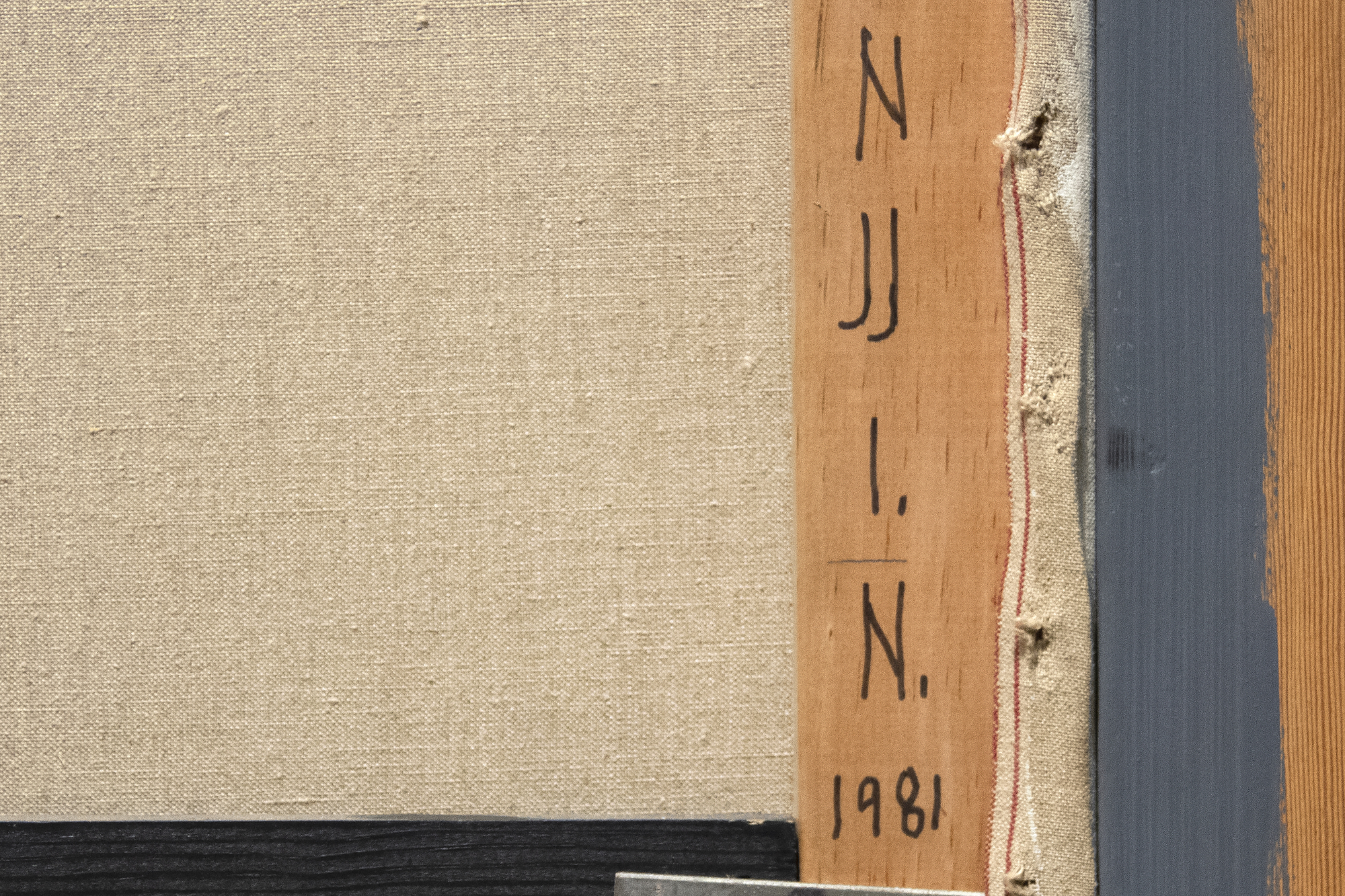

Provenance
Musée d'art Crocker, SacramentoCollection privée
Exposition
1986 Musée alternatif, New York2002 Collège de Santa Monica
2006 Musée d'art Crocker, Sacramento
2007 Musée d'art de Californie de Pasadena
2007 Musée d'art Nora Eccles Harrison de l'Université d'État de l'Utah
2007 American University Katzen Museum, Washington, D.C.
Littérature
Dark Metropolis : Irving Norman's Social Surrealism, ed. Scott A. Shields et Ray Day (Sacramento et Berkeley : The Crocker Art Museum et Heyday Books, 2006), p. 199Prix1,250,000
Les personnages d'Irving Norman, manipulés par leur environnement et l'espace physique, sont d'un style qui exagère la malléabilité de la forme humaine pour souligner leur vulnérabilité et leur assujettissement. Cette élasticité littérale et symbolique suggère que ces personnages sont étirés, comprimés ou tordus par les forces de leur environnement, soulignant leur manque d'autonomie et les systèmes oppressifs qui régissent leur existence. Alors que ces figures reflètent la vulnérabilité, le choix structurel de Norman dans The Human Condition crée une juxtaposition brutale qui déplace l'attention vers le tableau central. Une figure féminine imposante, s'élevant au-dessus des échecs calamiteux et des atrocités du passé, est rejointe par un homme, formant un "couple" symbolique, suggérant l'unité et la responsabilité partagée d'une nouvelle vision. Leurs mains, agrandies et tournées vers le haut, présentent ces enfants comme une vision offrant espoir et renouveau pour l'avenir. Ce geste, associé aux vêtements futuristes des petits personnages, renforce l'idée d'une voie alternative, d'une humanité plus lumineuse et tournée vers l'avenir. Le tableau central agit comme une offrande métaphorique, invitant le spectateur à envisager un avenir épargné par le poids des ténèbres d'où émergent ces personnages.
Norman souligne ici une vision pleine d'espoir, voire optimiste, pour les générations à venir. La décision structurelle suggère un changement délibéré de focalisation : les scènes plus sombres reléguées sur les côtés représentent les fardeaux, passés et présents. Dans le même temps, les personnages centraux incarnent le potentiel d'un avenir façonné par la résilience et le renouveau. Cette juxtaposition distingue The Human Condition en tant que reflet des dernières années de Norman, où un espoir tempéré émerge pour prendre le dessus sur la guerre, la corruption abjecte, la recherche effrénée du plaisir et les effets déshumanisants de la société moderne.
Tout au long de sa longue carrière, Norman est resté fidèle à ses convictions ; il s'est tourné, a fait face aux grandes toiles vides et a conçu et peint des scènes complexes et densément peuplées. En ce qui concerne la reconnaissance, il rationalisait la situation - la gloire ou la fortune risquaient de compromettre la nature intacte de la quête d'un artiste. En fin de compte, The Human Condition est un résumé de la vie et de l'œuvre de Norman et un appel à l'action, nous incitant à examiner notre complicité dans les systèmes qu'il a dépeints avec tant de vivacité. Grâce à son travail méticuleux et à son intensité allégorique, c'est un chef-d'œuvre digne d'un musée qui continue de résonner, ses thèmes étant aussi pertinents aujourd'hui qu'ils l'étaient lorsque Norman a minutieusement donné vie à sa vision.


